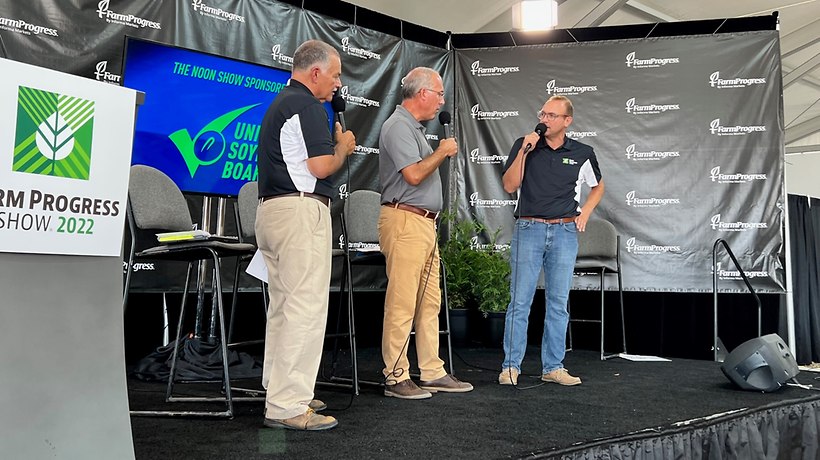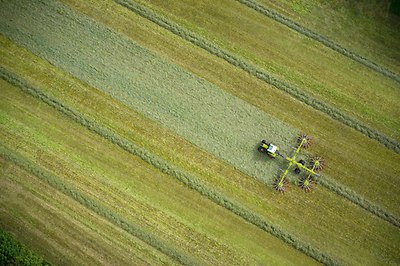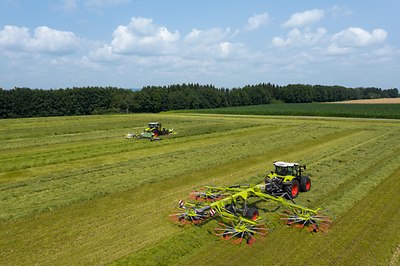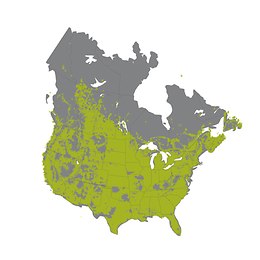


Smooth Moves
The key to a clean, ash-free forage crop is a consistent float over undulating terrain. Tines are not tillage tools! They should lift the crop without digging into the soil. Engineering innovations on LINER rake models have taken that performance to a whole new level. Let's take a look at our four-rotor LINER rakes: 4700 TREND, 4800 TREND, 4800 BUSINESS, and 4900 BUSINESS.
In this article, CLAAS design engineer Clemens Frick discusses the technical intricacies of the latest ground-contour following LINER rakes and their impact on forage quality.
What was the goal in developing the rake models?
When we develop a machine, we follow a clearly defined set of processes. We continuously evaluate field experience gathered from the many thousands of machines sold around the world which operate under widely varying forage and field conditions, alongside current customer requirements. This information provides the main basis for new developments. We obviously keep an eye on the competition too. Our aim is to be better than our rivals.
One of our responses to customer requests is the LINER series. We decided to put forage quality center stage as one of the key themes. Everyone is aware of the impact contaminated forage can have on milk yields and animal welfare. So, we have invested a great deal of energy in ground-contour following.
What solutions are specifically designed to improve ground-contour following?
Ground-contour following and tine guidance is achieved by the interaction between the rotor suspension above on the boom of the rake and the guide wheels below on the rotor chassis. We looked at and compared diverse technical solutions for cardan (gimbal) rotor suspension systems. In the end we decided to design a suspension with significantly greater play specifically for the operating conditions of four-rotor rakes. It marks a real breakthrough in ground-contour following.
The rotor is set back and suspended on pivoting tandem axles. This makes the front rotor wheels particularly light as they have to bear only 20% of the rotor weight. So, the front chassis wheels can follow the ground contours perfectly for optimum tine guidance. The gimbal joint, which acts as the connecting piece between the boom and the rotor, has no end stops in the direction of travel. This too enables unprecedented ground-contour following when running over undulating ground.
What is the function of the dual spring on the LINER models?
The patented dual spring supports rotor guidance in a longitudinal direction by giving a gentle forward boost to the rotor wheels as they climb up hills or descend into hollows, so the tines are guided quickly without touching the soil.
The dual spring also ‘steadies’ the rotor, so the rake can travel at high ground speeds easily, even with light front rotor wheels. This effect was always evident in the tests. Having said that, we had to do a huge number of tests before we found the optimal angle of engagement and the right spring force. The effort was worth it though – we could not have achieved these low crude ash contents in the forage with any of the cardan rotor suspension systems that we knew of at the time and which we tested in comparison.

How does the rotor chassis help with rotor guidance?
From the outset, our approach was to ensure optimal, gentle tine guidance even with four rotor wheels. So, during the development stage, we felt it was particularly important to place the wheels as close as possible to the tine path. This means that, even on undulating ground, the distance between tine tips and the grass sward is always the same. The rotor chassis also has an asymmetric design. In concrete terms, where the tines engage on the outside, the chassis wheel is placed further forward. This improves ground-contour following and tine guidance. On the inside where the forage is deposited, the wheel is mounted further back to extend the wheelbase. This automatically ensures smooth running.
How do the LINER rakes improve soil protection and forage quality
Our rakes have a comparatively low weight, but on damp ground forage can soon become contaminated if the rotor wheels get bogged down. Our six-wheel chassis is a more complex design, since all six wheels move individually to prevent damaging the grass sward. In the standard design, the six-wheel chassis offers a 50% larger contact area, rising to as much as 80% with wide tires.
What other technical solutions improve the rake?
We use double-angled silage tines which are designed to rake the grass cleanly from the sward and improve forage quality. Thanks to their special geometry, they gather the grass from the stubble and release it at a defined point in time.
Another key point to improve forage is the rotor ‘jet effect.’ This means that the rotors set down without digging the front tines into the soil. The rotor suspension achieves this by trailing the rotors across the field with the center of gravity shifted to the rear, which protects the stubble.

Are there statistics that show the monetary effect of better forage quality?
There are, actually. One percent less crude ash improves the energy yield by around 4.5 millijoules net energy lactation/100 lbs dry matter. Along with crude protein, crude ash has a buffering effect on acidification during the ensiling process. High levels of contamination thus lead to higher energy losses and lower protein quality, thereby increasing the risk of butyric acid fermentation. The lower the level of crude ash, the better your silage quality. Less ash content improves the feed to milk yield or rate of gain ratio. Lower levels of crude ash also improve animal health and longevity.
Learn more about the new series of LINER rakes.
Event calendar
-
DateEvent
-
Jul 16, 2024 - Jul 18, 2024Saskatoon, Saskatchewan
-
Jul 25, 2024 - Jul 25, 2024Baltic, SD
-
Aug 27, 2024 - Aug 29, 2024Boone, IA

















